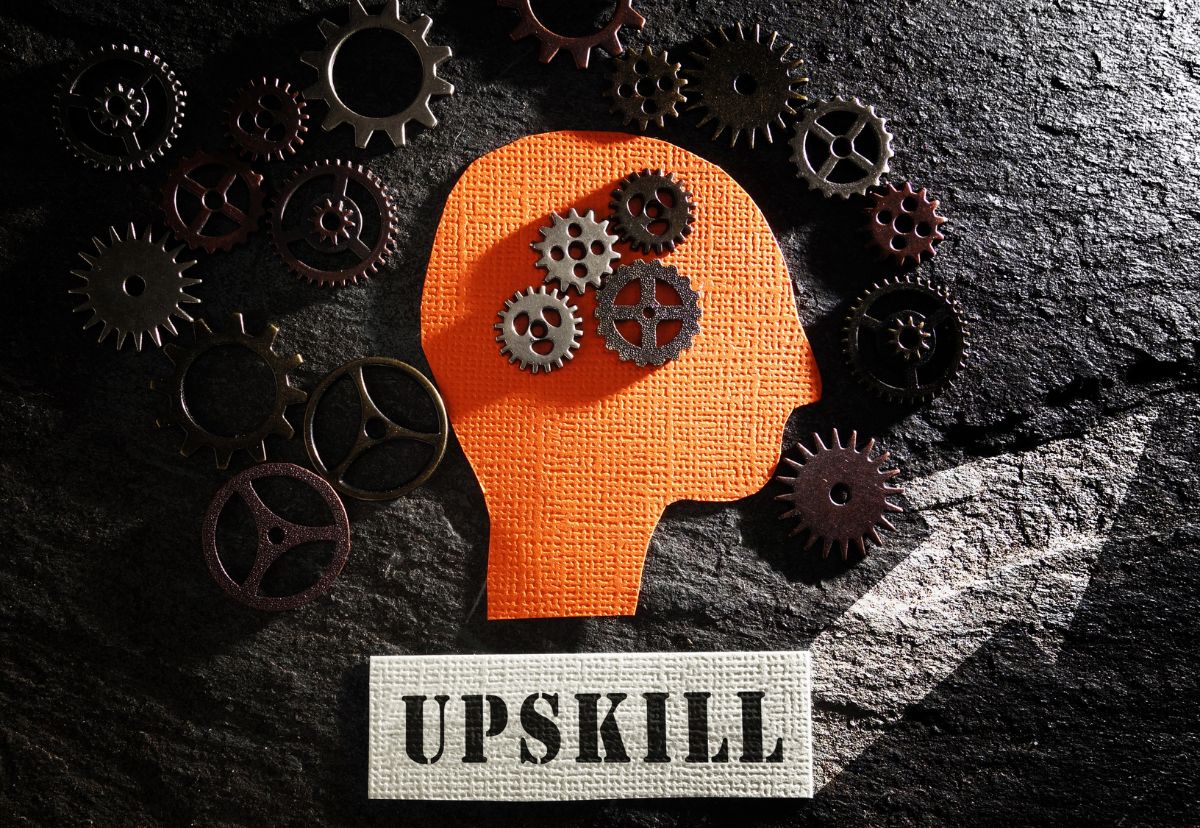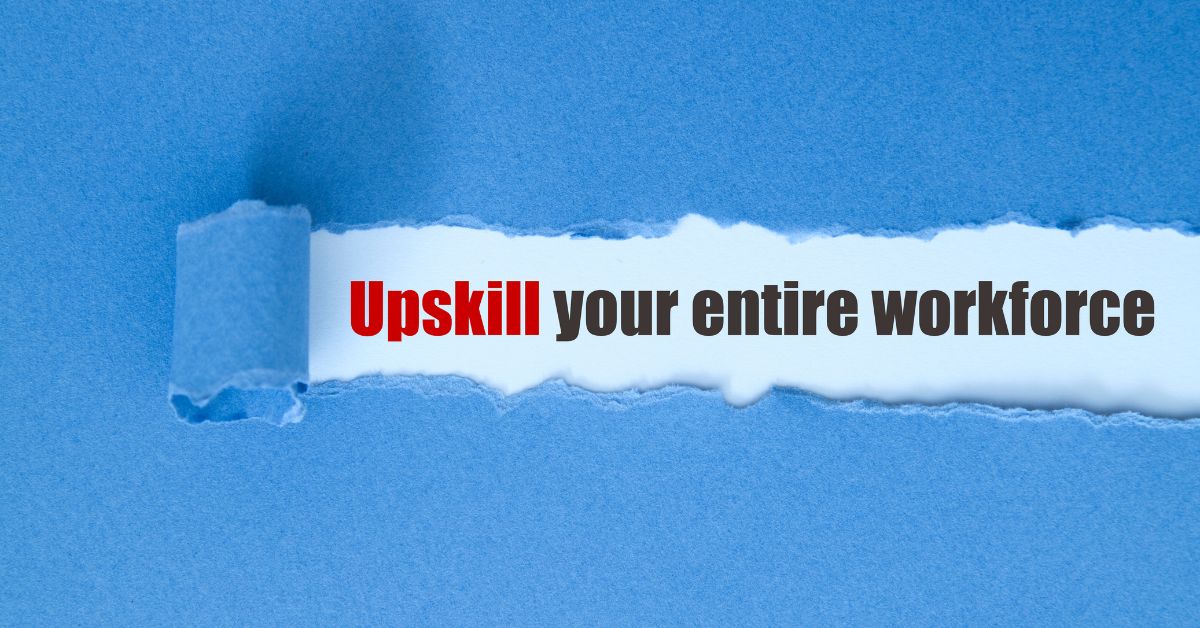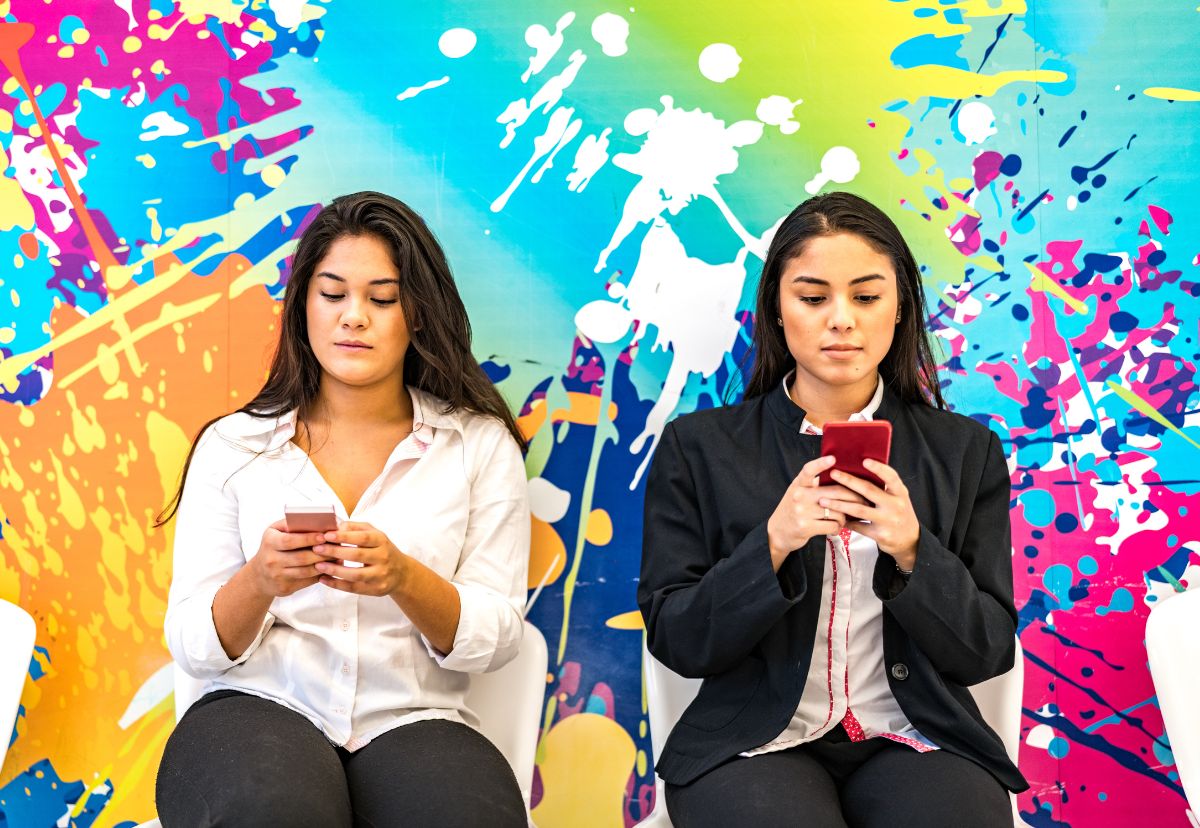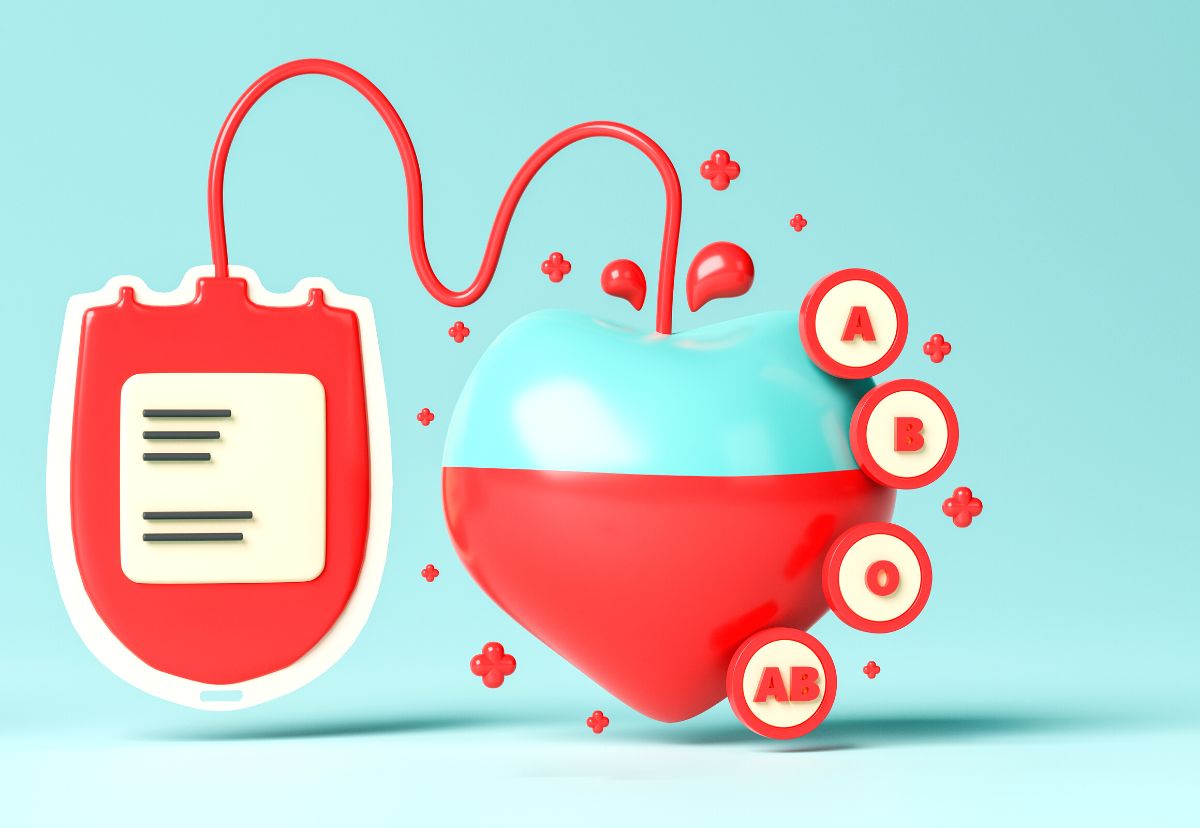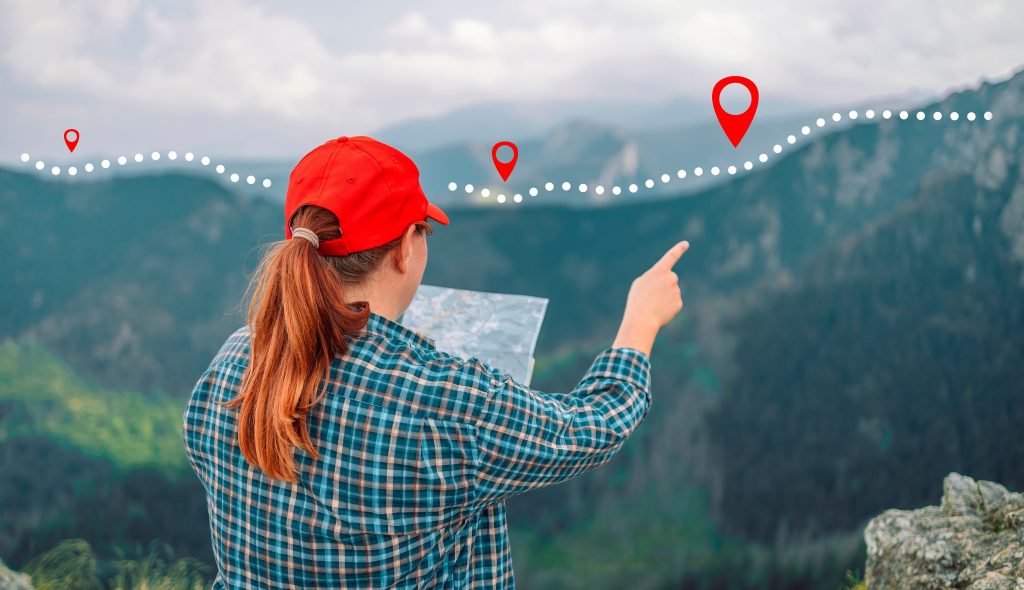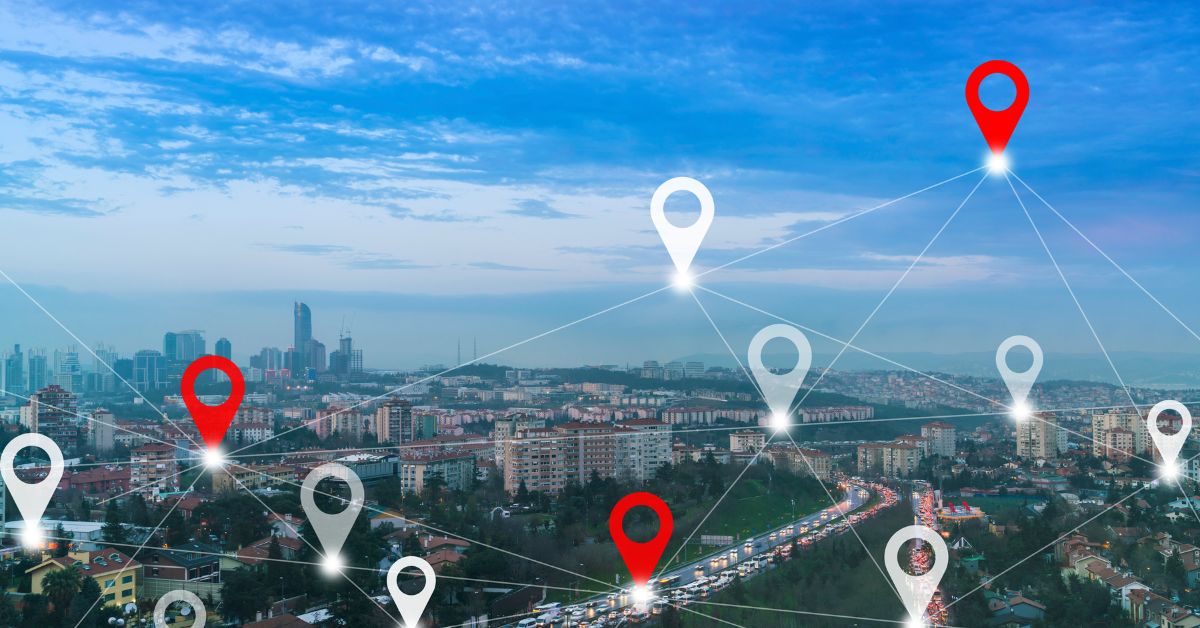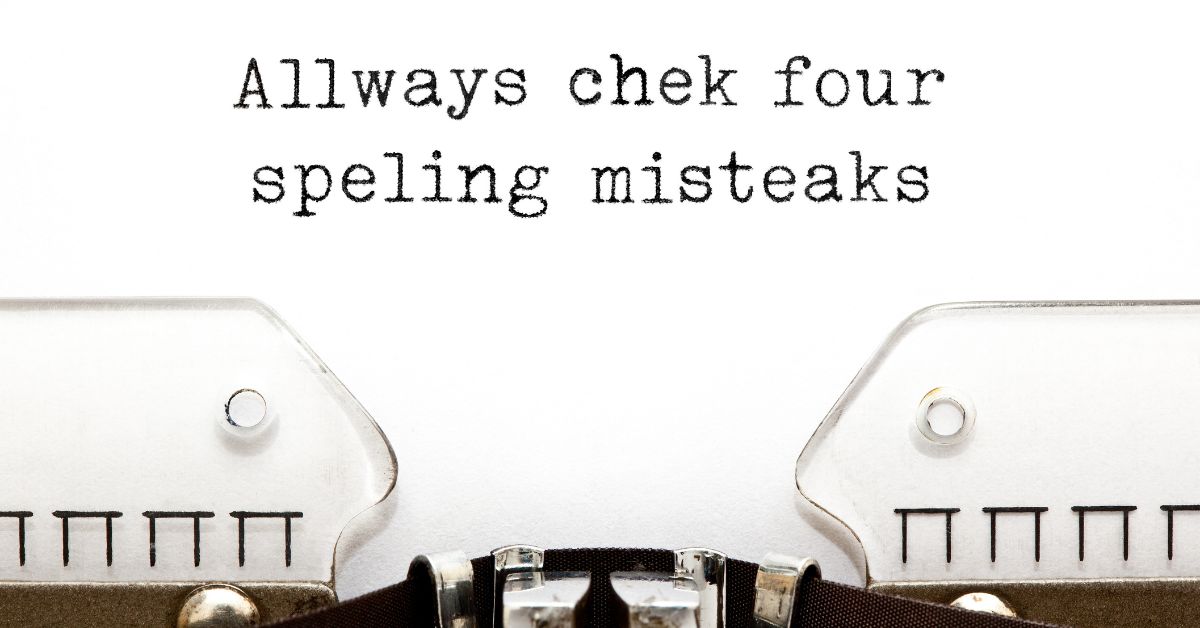The core of FlexTrades’ business is addressing the skills gap in manufacturing. This is a big undertaking when one considers that the latest analysis shows a skills gap of 2.1 million unfilled manufacturing jobs by the year 2030.
But the skills gap isn’t just something occurring in manufacturing. It’s happening across all industries, so what can employers and employees do to combat this issue? Upskill!
What is Upskilling?
Upskilling is a term used to describe the process by which employers provide learning and training opportunities to develop the skills and experience of their employees.
Upskilling can also be done on an individual level. This happens when an employee finds, and takes, opportunities to learn new skills while increasing their marketability as a candidate.
Upskilling – What Does it Mean for Employers?
As an employer, the first step towards upskilling (and ensuring the success of upskilling) is to understand that it takes a shift in culture.
Upskilling is a long-term investment, and it’s important for company leadership to make upskilling a priority.
Employees are always wondering what they can do next, and without commitment from management and executive leadership, they will look to grow somewhere else. Need proof? Just look at the great resignation.
Right behind low pay, the biggest reason an employee leaves a job is because they can’t see (or aren’t given) opportunities for advancement. It is critical that the right upskilling opportunities are being created by, and talked about, across the company. Even though employees want to be given room to grow, they don’t always know what upskilling means or how to make it happen.
Some great ways to create an upskilling program as an employer include:
- Allow employees to “own” their career and then ensure management supports that while the company enables it.
- Empower your employees to speak openly about opportunities they want or need.
- Invite employees to participate in tasks or projects outside of their department.
- Ask your workforce what they want, what their goals and interests are, and where they want to go.
- Ensure that there are formal programs available, through HR or Learning & Development, that allow for upskilling on the job to meet employee needs.
Employers – How to Upskill
There are a number of ways to upskill your employees… or yourself. Consider the following:
- On-the-job Training, Mentoring, Job Shadowing, And Peer Coaching: You might not think you have the time to execute the above, but think about this. Finding the time to train a new employee when a current employee departs is a lot harder than upskilling.
- Hire External Experts or Specialists: This could ease your concerns about finding the time to train and upskill, but it might have a steeper price tag than in-house training.
- Job Rotation: Move employees between jobs in an organization to build skills, knowledge, and competencies.
- Provide Additional Responsibilities to Employees: Be careful with this one. If it doesn’t meet the employee’s desire for upskilling, it will be considered “extra work” and will not benefit you or the employee.
- Provide Virtual Courses (e-learning) with a LMS (Learning Management System): Provide courses available to employees during their own time and courses assigned by the company (and considered required). It can be beneficial to reward your employees for taking these, whether that be free lunch one day, PTO hours earned, or a financial reward of some sort. Provide opportunities for formal education or training with a third party, educational institute, or something similar.
- Road Map the Path From One Company Role to the Next: Be clear about what next level work and jobs require from a skills perspective. Encourage employees to self-analyze their skills against those, ensure management does the same thing, and reward progress or milestones. This puts ownership on both the employee and the employer. Having a clear path of expectations for progression within a company makes it easier to determine how to get there.
- Request Feedback on Training, Learning, Development & Upskilling Effort: It might seem that you’re doing a good job once you start upskilling, but if you don’t know if the efforts are working for your employees, you’ll still find them leaving for other opportunities.
Employees – How to Upskill
If you’ve made it this far and are looking to upskill yourself, than you probably have some solid ideas on what you should be doing, right?
Request Upskilling Opportunities From Your Employer
The first thing you need to do is have an idea of what “upskilling” means to you – what do you want to learn, why do you want to learn it, what are some ways your employer can help you learn it, and in what way can it be provided? These are all great questions.
Upskill Yourself
- Don’t count on others to do all the work. Upskilling is just as much about you as it is your employer. Go out there, find the ways in which you can upskill yourself, and do it!
- Take a free or paid for course (online or in-person).
- Hire a career coach or mentor.
- Conduct interviews with those in your industry or roles about what they do and what you can do to get to that level.
- Join groups or become a member of associations in your trade or industry.
- Map out your career – where are you now, where do you want to be, and what is required at all the stages in between?
- Spend some of your free time learning on an individual basis. Start small with microlearning and build up from there.
- Research other opportunities. See what other employers are doing – do they have clear career paths with milestones for their employees? Do they have an LMS or course-based learning opportunities?
What You Put Into It
Upskilling is an investment in time, energy, and cost. If you’re a manufacturer who would like to upskill but still need to fill a temporary skills gap, contact FlexTrades today.
Likewise, if you’re a skilled technician, you can join our team because working across the United States, with a variety of manufacturers, is a surefire way to upskill yourself!
Thanks for taking the time, and we look forward to hearing from you soon.

